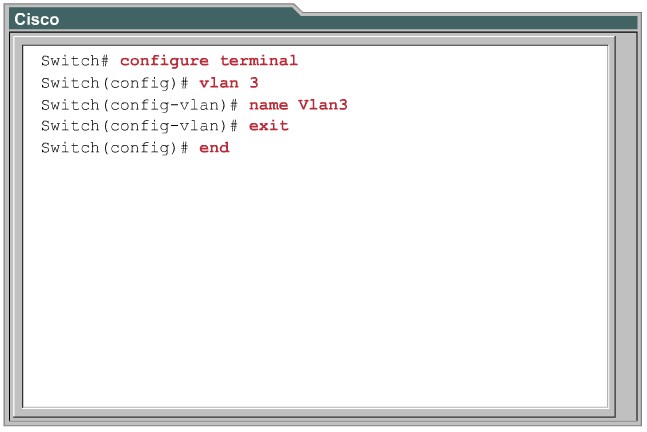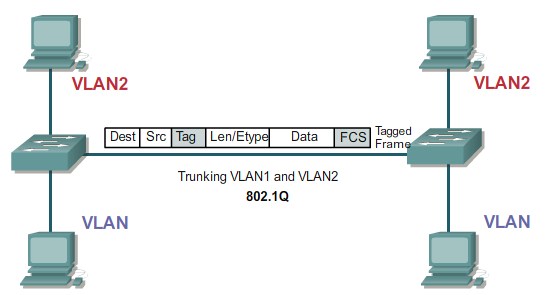Difference between revisions of "CCNP 3 Defining VLANs"
From Teknologisk videncenter
m (→Implementing VLANs) |
m (→Explaining VLAN Trunks) |
||
| Line 63: | Line 63: | ||
=Implementing Trunks= | =Implementing Trunks= | ||
==Explaining VLAN Trunks== | ==Explaining VLAN Trunks== | ||
| + | {| | ||
| + | |[[Image:ScreenShot329.jpg|800px|left|thumb|VLAN Trunks]] | ||
| + | |- | ||
| + | |[[Image:ScreenShot330.jpg|800px|left|thumb|Dot1Q and ISL]] | ||
| + | |} | ||
| + | ==Describing ISL Trunks== | ||
| + | {| | ||
| + | |[[Image:ScreenShot331.jpg|800px|left|thumb|ISL Encapsulation]] | ||
| + | |} | ||
| + | ==Describing 802.1Q Trunking== | ||
| + | {| | ||
| + | |[[Image:ScreenShot332.jpg|800px|left|thumb|802.1Q Trunking]] | ||
| + | |- | ||
| + | |[[Image:ScreenShot333.jpg|800px|left|thumb|802.1Q Tag]] | ||
| + | |} | ||
| + | ==Explaining 802.1Q Nativ VLANs== | ||
| + | {| | ||
| + | |[[Image:ScreenShot334.jpg|800px|left|thumb|Nativ VLAN]] | ||
| + | |} | ||
| + | ==DTP Switchport Interactions== | ||
| + | {| | ||
| + | |[[Image:ScreenShot335.jpg|800px|left|thumb|DTP Interactions]] | ||
| + | |- | ||
| + | |[[Image:ScreenShot336.jpg|800px|left|thumb|DTP Modes]] | ||
| + | |} | ||
| + | ==Configuring a Trunk== | ||
| + | {| | ||
| + | |[[Image:ScreenShot337.jpg|800px|left|thumb|Trunk Configuration]] | ||
| + | |} | ||
Revision as of 13:15, 5 September 2010
Contents
Implementing Best Practices for LVLAN Topologies
Describing Issues in a Poorly Designed network
Grouping Business Functions into VLANs
Interconnection Technologies
Oversubscription
|
Network traffic Types
Describing End-to-End VLANs
Describing Local VLANs
|
Mapping VLANs in a Hierarchical network
When mapping VLANs onto the new hierarchical network design, keep these parameters in mind.
|
Implementing VLANs
VLAN Configuration modes
Explaining VLAN access Ports
| VMPS - VLAN Membership Policy Server |



















